Injection molding is one of the most widely used manufacturing processes for producing plastic components in large quantities with high precision. From consumer electronics and automotive parts to medical devices and packing machines, injection molding enables cost-efficient production at scale.
A key factor that determines the success of this process is the type of injection mold used. Different mold categories—based on feeding system, عدد التجاويف, mold plates, and special mechanisms like unscrewing—directly influence production speed, جودة المنتج, material efficiency, and tooling costs.
This article provides a comprehensive guide to the types of injection molds, their components, فوائد, والتطبيقات الصناعية, helping engineers and manufacturers make informed decisions when selecting mold tooling.
What Are Plastic Injection Molds?
Plastic injection molds are precision-engineered tools used to shape molten plastic into desired parts during the injection molding process. These molds are typically made from hardened فُولاَذ أو الألومنيوم, depending on the required durability, حجم الإنتاج, والميزانية.
Each mold consists of two halves:
Fixed mold (stationary half): Mounted on the stationary platen of the molding machine.
Moving mold (dynamic half): Mounted on the movable platen, enabling mold opening and part ejection.
When the two halves close, they form a cavity into which molten plastic is injected under high pressure. Once cooled and solidified, يفتح القالب, releasing the finished product.
Components of Plastic Injection Tooling
The design of an injection mold is complex, with each component serving a specific role in ensuring smooth production and consistent quality.
Guide Pins and Bushings: Maintain precise alignment between mold halves during opening and closing cycles.
Sprue and Runner System: Channels that deliver molten plastic from the machine nozzle to the mold cavities.
بوابة: The entry point where plastic flows into the cavity. Common gate types include:
Edge Gate – Best for flat parts and two-plate molds.
Sub Gate – Automatically trimmed and flexible in placement.
Hot Tip Gate – Ideal for conical or round shapes requiring uniform flow.
Direct/Sprue Gate – Used in single-cavity molds for strength and simplicity.
Locating Ring: Ensures proper mold alignment with the machine nozzle.
Mold Cavity and Core: The negative shape of the final product; multiple cavities allow higher productivity.
Ejector Pins and Ejector Plate: Push finished parts out of the mold after cooling.
Shot Volume: The precise amount of molten plastic required to fill the cavity.
Clamping Plates: Secure the mold to the injection molding machine.
Understanding these elements is critical, as even small deviations in design can lead to molding defects such as warping, sink marks, or dimensional inaccuracies.
Types of Injection Mold Classification
أ. Based on Feeding System
The feeding system defines how molten plastic flows from the machine nozzle into the cavity.
Hot Runner Injection Mold
Uses heated runners to keep plastic molten within the manifold.
مزايا: Faster cycles, الحد الأدنى من النفايات, no need for regrinding runners, excellent for high-volume production.
سلبيات: High tooling and maintenance costs, complex cleaning, difficulties with color/material changes, risk of degradation for heat-sensitive plastics.
التطبيقات: عالي الدقة, multi-cavity production such as medical components, التعبئة والتغليف, والالكترونيات الاستهلاكية.
Cold Runner Injection Mold
Runners are unheated, and excess material solidifies with each cycle.
مزايا: Lower tooling cost, easy maintenance, versatile material compatibility, easier color changes.
سلبيات: Higher material waste, need for regrinding runners, slower production speed.
التطبيقات: Suitable for lower-cost production and prototyping.
Insulated Runner Mold
Combines features of cold runner molds with partial heating to keep plastic molten.
مزايا: Less expensive than hot runners, allows quicker material changes, simpler control system.
سلبيات: Limited to certain materials, not suitable for high-performance plastics.
التطبيقات: Medium-volume production requiring balance between cost and efficiency.
ب. Based on the Number of Cavities
Single-Cavity Injection Mold
Produces one part per cycle.
الايجابيات: Lower tooling cost, easier process control, reliable for low-volume runs.
سلبيات: أبطأ معدل الإنتاج, higher per-unit cost.
Use Cases: النماذج الأولية, small-scale manufacturing, precision parts.
Multi-Cavity Injection Mold
Produces multiple identical parts in each cycle.
الايجابيات: Higher efficiency, reduced per-unit cost, faster mass production.
سلبيات: Higher initial tooling investment, requires advanced machine capacity.
Use Cases: قطع غيار السيارات, بضائع المستهلكين, packaging items.
Family Injection Mold
Multiple cavities designed to produce different but related parts in one cycle.
الايجابيات: Reduces total production time and cost, useful for assemblies.
سلبيات: Limited to parts made from the same material and color, higher complexity.
Use Cases: Left-right components, product assemblies like casings with matching lids.
ج. Based on Mold Plate
Two-Plate Injection Mold
Simplest and most common design with one parting line.
الايجابيات: تكلفة الأدوات منخفضة, straightforward construction.
سلبيات: Manual runner removal required in cold runner setups.
Use Cases: Small-scale, general-purpose molding.
Three-Plate Injection Mold
Includes an additional stripper plate, creating two parting lines.
الايجابيات: Automatic separation of runner and molded part, higher efficiency.
سلبيات: More expensive tooling, limited to cold runner systems.
Use Cases: Multi-cavity cold runner molds for high-volume parts.
Stack Injection Mold
Multiple levels of cavities arranged vertically.
الايجابيات: Increases productivity without requiring larger machines, reduces clamp tonnage.
سلبيات: High manufacturing complexity and initial cost.
Use Cases: التعبئة والتغليف (bottle caps, containers), medical disposables, بضائع المستهلكين.
د. Based on Unscrewing Injection Mold
Specialized molds for producing threaded parts.
Equipped with ميكانيكي, كهربائي, or hydraulic drive systems that rotate to unscrew the part during ejection.
مزايا: Automates the production of threaded components, reduces damage risk, supports high-volume manufacturing.
التطبيقات: Bottle caps, threaded closures, المكسرات, البراغي, cosmetic packaging, automotive fasteners.
Injection Mold Tooling Materials: What Are Molds Made Of?
When we talk about injection molds, one big question is: what are they actually made of? The choice of material for the mold is really important because it affects cost, متانة, and how many parts the mold can produce before wearing out.
Here are the most common tooling materials:
Steel Molds
Steel is the go-to material for high-volume production. انها صعبة أوخشنة, طويلة الأمد, and can handle millions of molding cycles without losing accuracy. Steel molds are more expensive to make at first, but they pay off when you need to run large batches over time.
Aluminum Molds
Aluminum molds are lighter, أسهل للآلة, and usually cost less than steel. They’re great for prototyping or low- to medium-volume production. The downside is that aluminum wears out faster, so it’s not the best choice if you plan to make millions of parts.
Beryllium-Copper Inserts
Sometimes molds use beryllium-copper in certain areas. This material is excellent at conducting heat, which helps the mold cool faster and shortens cycle times. It’s not usually used for the whole mold but rather for sections where fast cooling is needed.
What’s the Difference Between Hard and Soft Injection Mold Tooling?
Soft Tooling
Soft tooling usually means the mold is made from الألومنيوم or another softer material. These molds are quicker and cheaper to make, which makes them great for النماذج الأولية, الاختبار, or small production runs. The downside is they don’t last as long—after a certain number of cycles, the mold wears out and can’t produce accurate parts anymore.
Hard Tooling
Hard tooling means the mold is made from الصلب الصلب. These molds take longer and cost more to manufacture, but they can handle مئات الآلاف إلى ملايين الدورات without breaking down. That makes them perfect for إنتاج متسلسل where you need consistent quality over a long period.
Simple Way to Think About It
Soft tooling = faster and cheaper upfront, but limited lifespan.
Hard tooling = expensive upfront, but lasts much longer and is more cost-effective for large-scale production.
لذا, if you’re testing a new design or making only a few thousand parts, soft tooling is usually the smarter choice. But if you know you’ll be running big batches for years, investing in hard tooling will save you money in the long run.
How Do Tooling Complexity and Tight Tolerances Work Together in Injection Molding?
في صب الحقن, two things really affect how tricky a mold is to design and build: تعقيد و التسامح. Let’s break it down in simple terms.
Tooling Complexity
This means how complicated the mold is. على سبيل المثال, does the mold need moving parts like slides or lifters to release undercuts? Does it have multiple cavities or threaded sections that need unscrewing? The more features you add, the more complex (and expensive) the mold becomes.
التسامح ضيق
Tolerances are about how close the final part needs to be to the exact design size. A tight tolerance means very little room for error—think of medical devices or aerospace parts where every millimeter matters. Wider tolerances mean there’s more “wiggle room,” which makes the mold easier to build and maintain.
How They Interact
Here’s where it gets interesting: ال more complex the mold is, the harder it becomes to maintain tight tolerances. Every moving piece, every extra cavity, and every special feature adds a chance for tiny errors. علاوة على ذلك, tight tolerances often require:
More precise machining of the mold.
Better-quality materials (like hardened steel instead of aluminum).
Extra quality checks during production.
A Real-World Example
If you’re making something simple like a plastic toy, you don’t need ultra-tight tolerances, and the mold design can stay pretty straightforward. But if you’re making a medical syringe or an aerospace connector, ستحتاج both a complex mold and very tight tolerances—which means more time, تكاليف أعلى, and a need for expert mold makers.
The Takeaway
High complexity + tight tolerances = more expensive, more time-consuming, but higher-quality parts.
Low complexity + wider tolerances = cheaper and faster, ولكن أقل دقة.
That’s why it’s always a balance: design engineers and mold makers need to work closely together to decide what level of complexity and tolerance is truly necessary for the part’s function.
How Does Material Flow Affect Tooling in Injection Molding?
When plastic is injected into a mold, it doesn’t just sit still—it flows like liquid before cooling down into a solid part. The way this material flows has a huge impact on how the tooling (القالب) is designed and built.
Flow Paths Matter
Think of the molten plastic like water running through a maze. If the “maze” (القالب) is designed poorly, the plastic might not reach every corner evenly. This can cause defects like short shots (incomplete parts), air pockets, or uneven thickness.
بوابة وضع
The gates are the entry points where plastic flows into the mold. If they’re placed in the wrong spot, the flow might not fill the mold properly, or you might see visible marks on the finished part. Tooling designers spend a lot of time figuring out the best gate locations to balance flow and appearance.
نوع المادة
Different plastics flow differently. على سبيل المثال, ABS flows smoothly, بينما glass-filled nylon is stiffer and more abrasive. This means the tooling has to be designed (and sometimes hardened) to handle the material’s flow behavior.
Cooling and Warpage
If the material doesn’t flow evenly, some areas might cool faster than others, leading to warping or shrinkage. Toolmakers often adjust the cooling channels inside the mold to keep things even.
Simple Way to Think About It
Material flow is like traffic in a city.
If the roads (mold channels) are designed well, traffic (بلاستيك) moves smoothly.
إذا لم يكن كذلك, you get traffic jams, dead ends, and frustrated drivers—except in this case, you get defective parts and worn-out tooling.
Why Are Injection Molds Necessary?
Limitless Design Possibilities: Supports a wide range of industries, from medical devices to aerospace.
Material Selection Flexibility: Each mold can be tailored to handle specific plastic properties, shrinkage rates, and thermal behaviors.
High Product Consistency: Automation reduces human error and ensures uniform part quality.
Efficiency and Cost Control: The right mold design minimizes waste, reduces cycle times, and lowers per-unit costs in mass production.
What Are the Common Issues in Injection Molding Tooling and How Can You Fix Them?
Even with the best-designed molds, injection molding doesn’t always go perfectly. Tooling issues can pop up during production, and knowing how to spot and fix them quickly can save a lot of time and money. Let’s look at some of the most common problems and what you can do about them.
1. فلاش (Extra Thin Plastic on Edges)
ما هو عليه: Extra plastic that seeps out where the mold halves meet.
Why it happens: Poor mold clamping, worn mold edges, or high injection pressure.
How to fix: Tighten the clamping force, repair worn mold surfaces, or reduce injection pressure.
2. Short Shots (Incomplete Filling)
ما هو عليه: The part doesn’t fill completely, leaving gaps or missing sections.
Why it happens: Not enough injection pressure, poor material flow, or blocked gates.
How to fix: Increase pressure or temperature, improve venting, or redesign gates and runners.
3. تزييف (Parts Bending or Twisting)
ما هو عليه: The part cools unevenly and loses its intended shape.
Why it happens: Uneven cooling, poor material flow, or wrong wall thickness design.
How to fix: Adjust cooling channels, change wall thickness, or tweak processing parameters.
4. Sink Marks (Dents on the Surface)
ما هو عليه: Small depressions or dents on the part’s surface.
Why it happens: Thick sections cool slower, causing uneven shrinkage.
How to fix: Adjust cooling, reduce wall thickness, or add proper rib designs to support the surface.
5. Weld Lines (Visible Lines Where Flows Meet)
ما هو عليه: Lines on the part where two plastic flows meet but don’t fully bond.
Why it happens: Poor gate placement, low melt temperature, or uneven flow.
How to fix: Change gate locations, increase melt or mold temperature, or adjust flow paths.
6. تآكل الأداة والأضرار
ما هو عليه: The mold itself wears down or gets damaged after repeated use.
Why it happens: Abrasive materials (like glass-filled plastics), high clamping force, or poor maintenance.
How to fix: Use hardened steel, apply surface coatings, and schedule regular maintenance.
How to Optimize Costs in Injection Molding Tooling?
Injection molds can be one of the biggest investments in manufacturing, خاصة بالنسبة للإنتاج ذو الحجم العالي. But the good news is—there are smart ways to cut costs without cutting corners. Let’s break down some practical strategies.
1. Choose the Right Tooling Material
Aluminum molds are cheaper and faster to make, great for prototypes or low-volume runs.
Steel molds cost more upfront but last much longer, making them the better choice for large-scale production.
👉 Picking the right material based on your production needs can save a ton in the long run.
2. Simplify the Mold Design
The more complex the mold (extra cavities, lifters, الشرائح, الخيوط), the more expensive it gets. If some features aren’t absolutely necessary, simplifying the design can lower costs while still getting the job done.
3. تحسين تصميم الجزء
أحيانا, small changes in the part design can make the tooling easier and cheaper. على سبيل المثال:
Keeping wall thickness uniform.
Avoiding deep undercuts.
Adding draft angles for easy ejection.
These tweaks help reduce tooling wear and speed up production.
4. Balance Cavities and Production Volume
A multi-cavity mold makes more parts per cycle, but it’s also more expensive to build. If your order size is small, a single-cavity mold may be more cost-effective. For big production runs, multi-cavity molds save money in the long term by cutting cycle times.
5. خطة للصيانة
Neglecting mold care can lead to expensive repairs or even full replacements. Regular cleaning, تشحيم, and inspection extend the life of the mold and prevent costly downtime.
6. Work Closely with the Toolmaker
A skilled toolmaker can suggest design improvements, material choices, and cooling layouts that reduce costs. Early collaboration helps avoid expensive redesigns later.
الوجبات الرئيسية
Optimizing tooling costs is all about finding the right balance: don’t just go for the cheapest option, but also don’t over-engineer the mold. By making smart choices in materials, تصميم, and maintenance, you can lower upfront expenses و save more over the mold’s lifetime.
Choosing a Reliable Injection Molding Partner
Injection mold design is a technical, precision-driven task that requires deep expertise in tooling, مواد, and process optimization. Partnering with an experienced injection molding service provider ensures:
Professional mold design and manufacturing
تصميم للتصنيع (سوق دبي المالي) analysis to prevent defects
High-quality plastic parts optimized for strength, دقة, and cost-efficiency
خاتمة
Injection molding is an indispensable manufacturing method for modern industries, but the choice of mold type plays a decisive role in production success. Whether classified by feeding system, cavity number, mold plate, or unscrewing mechanisms, each mold offers unique benefits and limitations.
Understanding these categories empowers engineers to select the right mold for their projects, ensuring higher efficiency, انخفاض التكاليف, and better product quality.
الأسئلة الشائعة
What type of injection mold is most commonly used?
Three-plate multi-cavity molds are widely used because they support high-speed, high-volume production with automated runner separation.
What are the most common materials for injection molding?
عضلات المعدة, البولي (الكمبيوتر), البولي بروبلين (ص), بولي ايثيلين (بي), البوليسترين (ملاحظة), نايلون (السلطة الفلسطينية), and acrylic.
Do different plastics require different molds?
نعم. Plastics have varying shrinkage rates, flow characteristics, and temperature tolerances. Mold design must account for these properties to maintain dimensional accuracy.
اقرأ المزيد:
Injection molding vs. التصنيع باستخدام الحاسب الآلي
ما هو التصنيع بمساعدة الكمبيوتر (كام)?

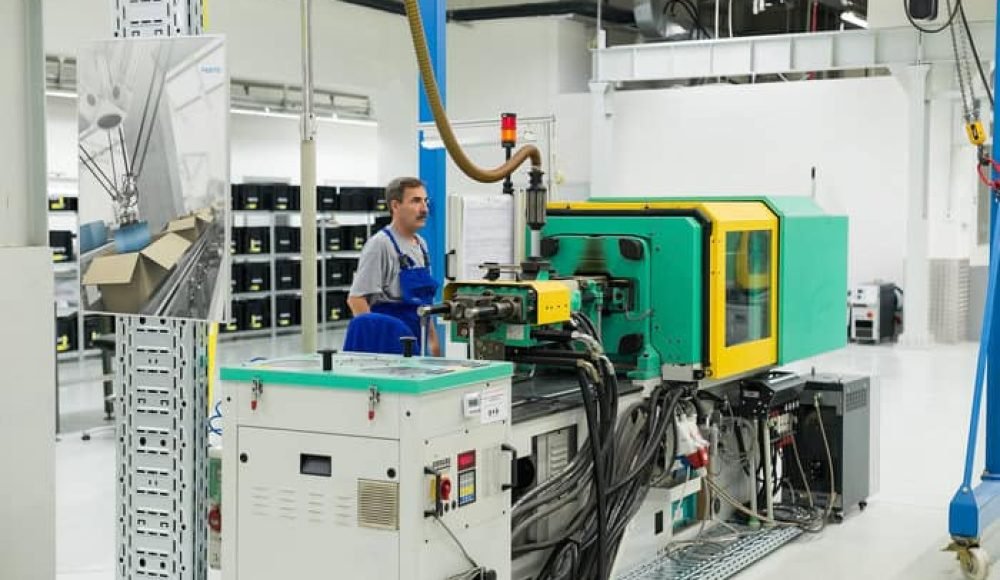
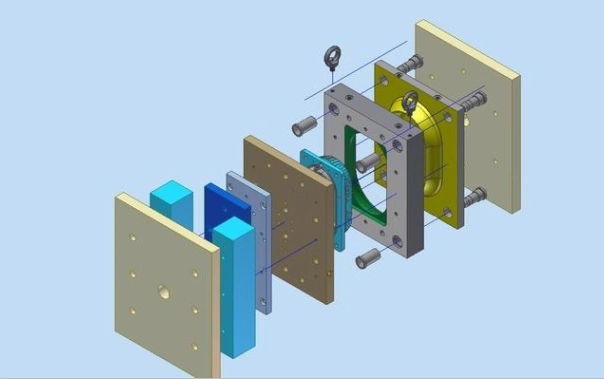
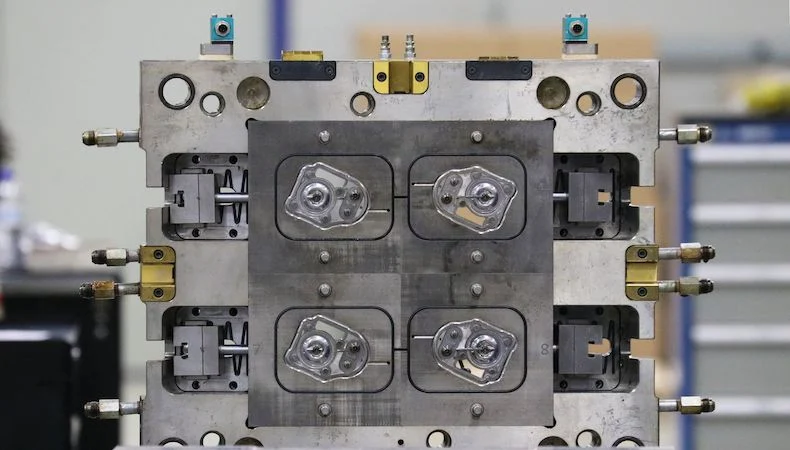
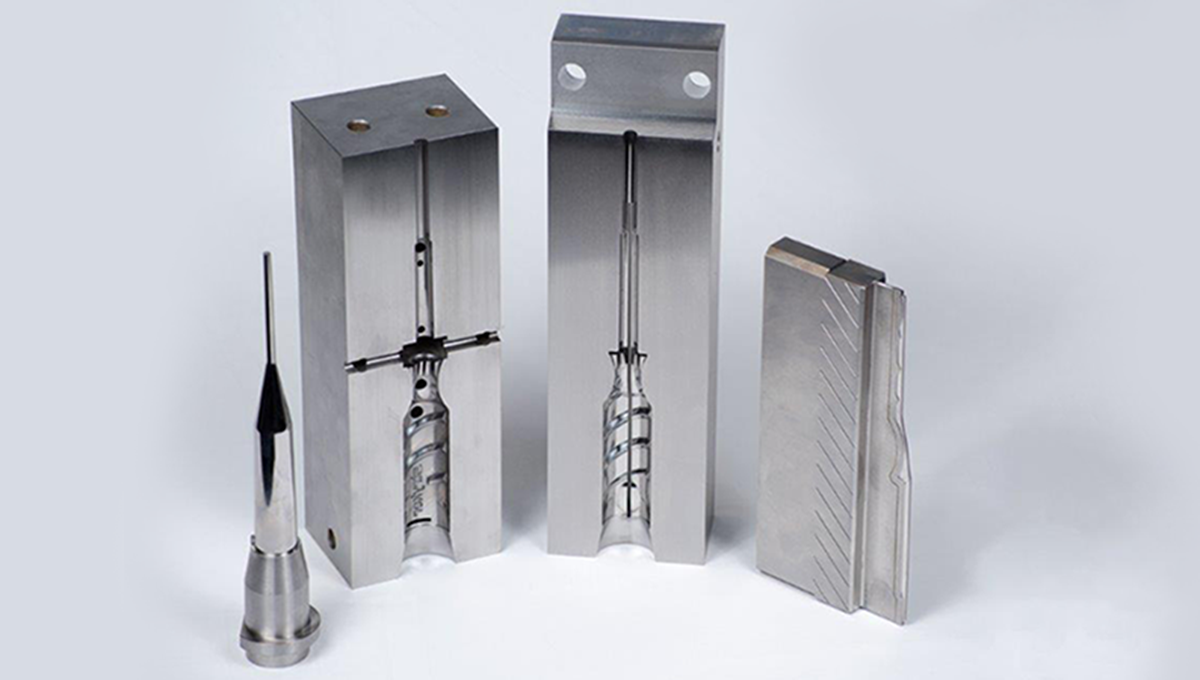
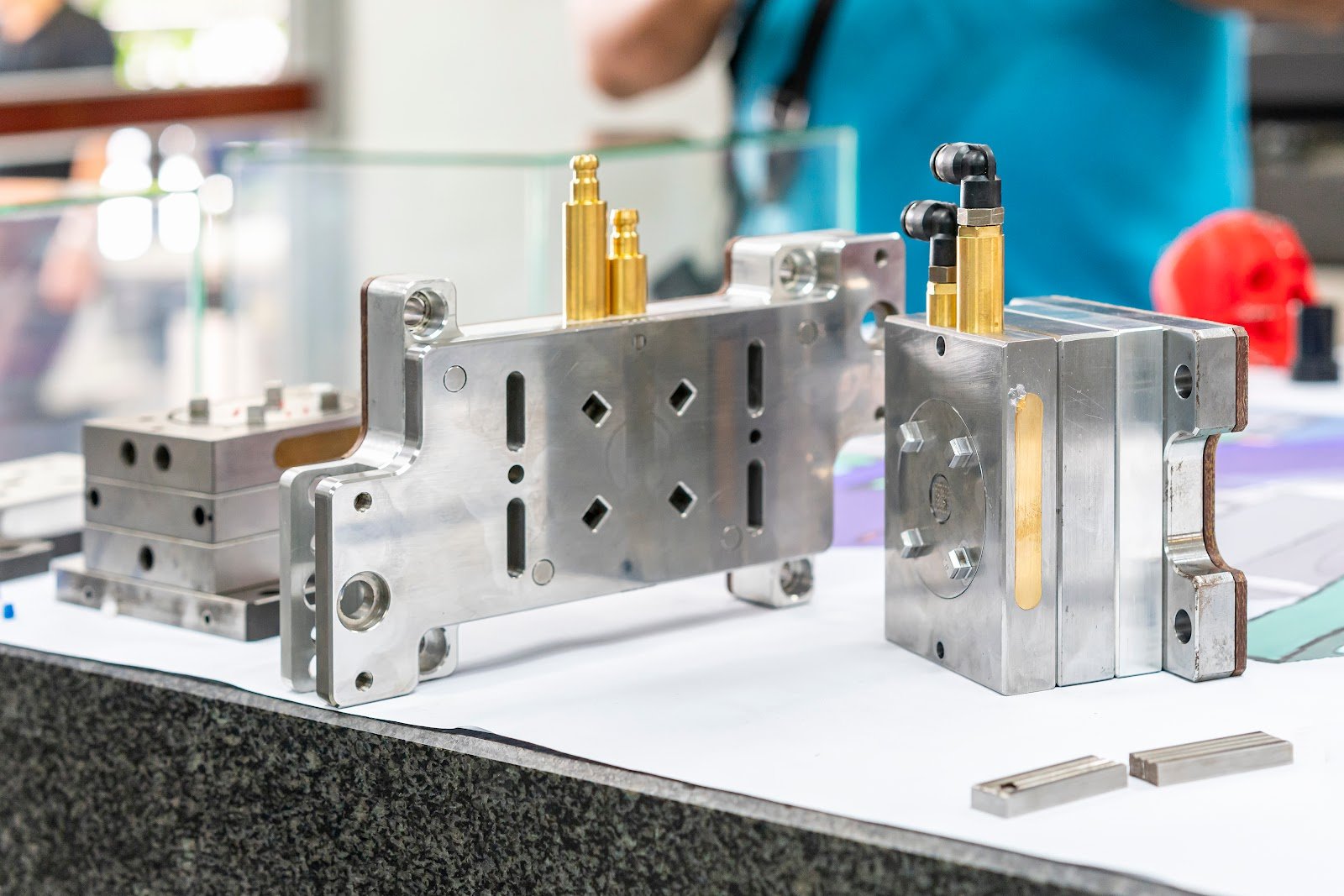
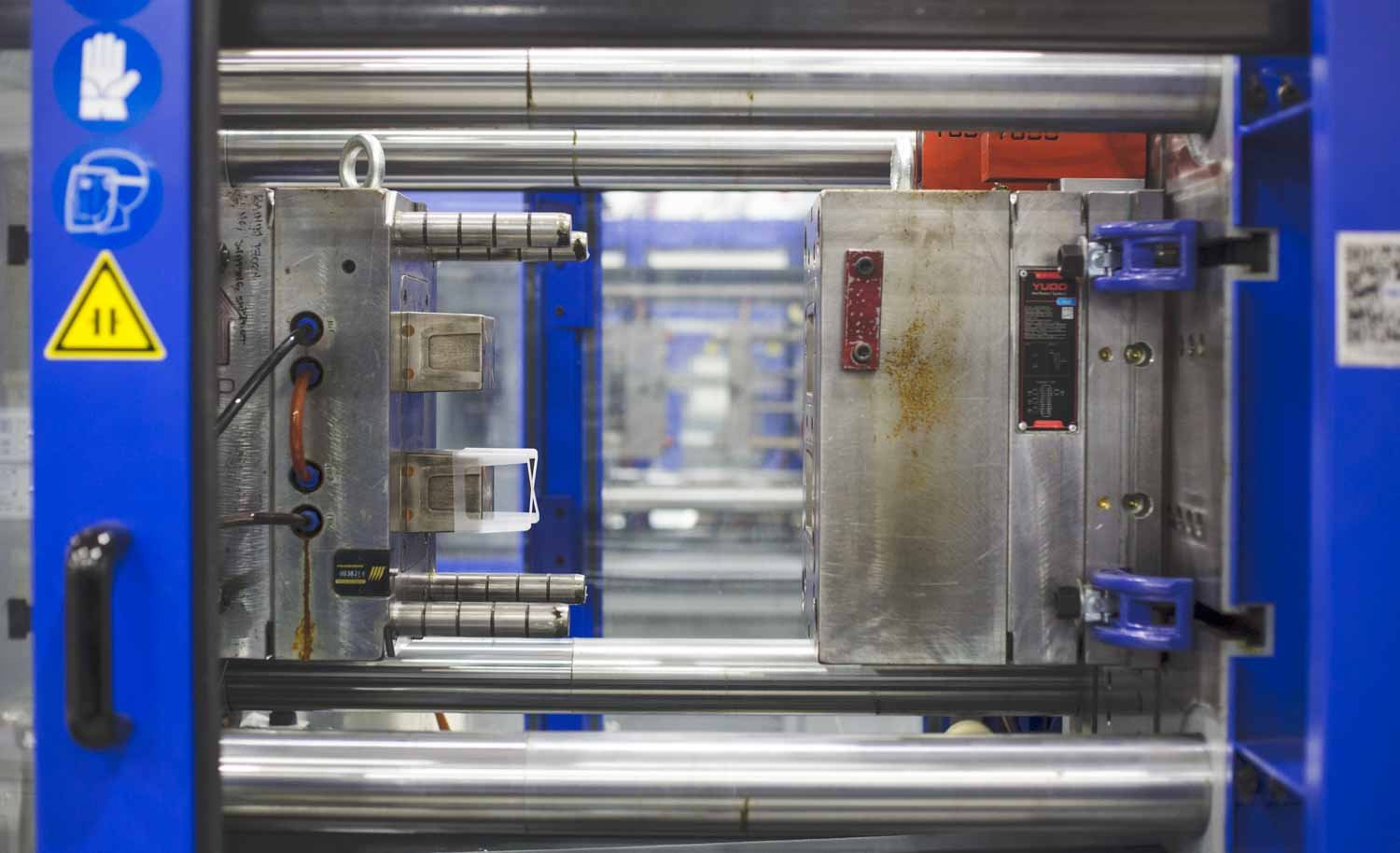
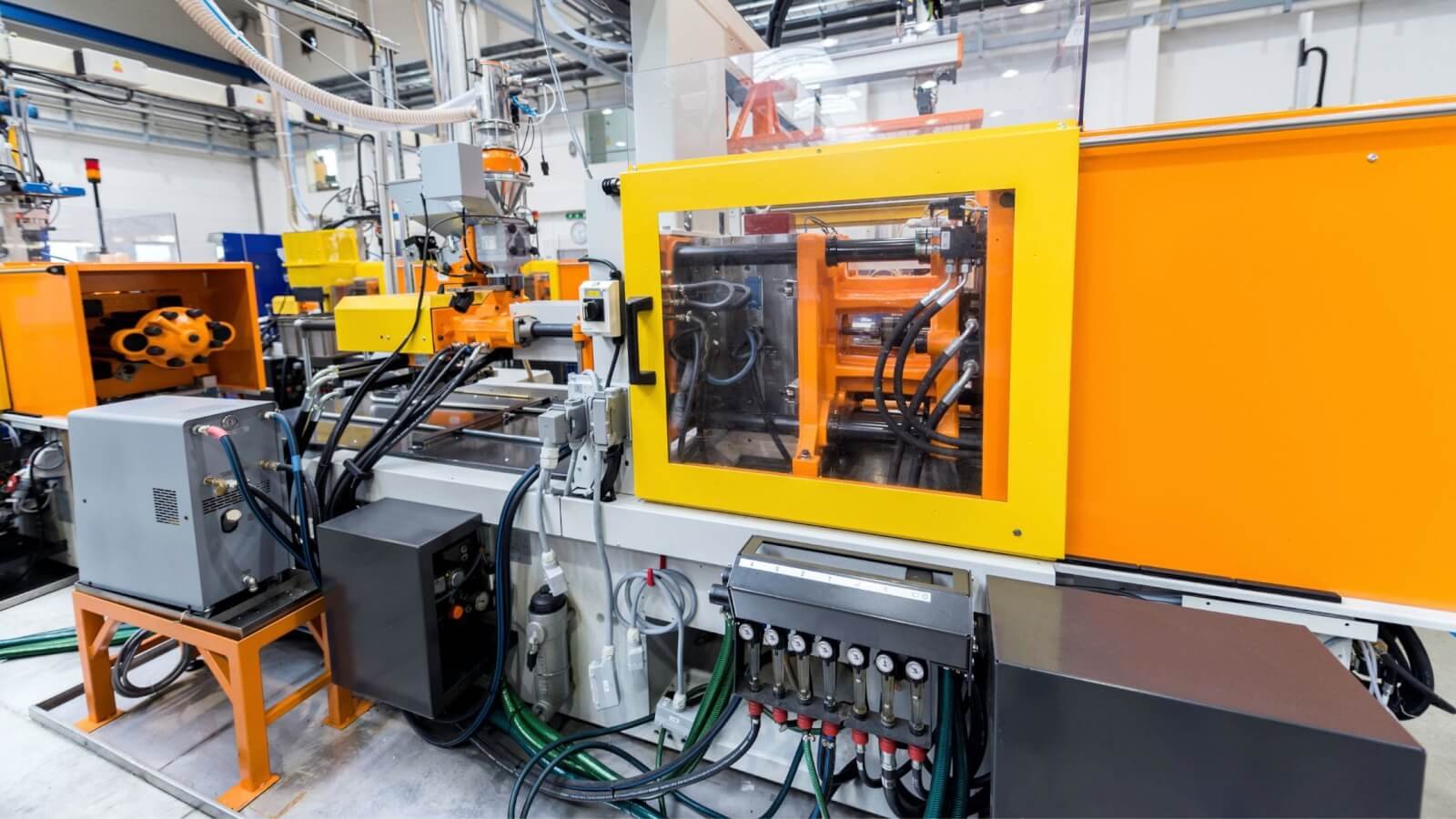

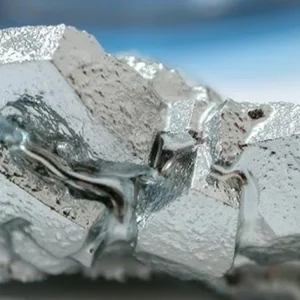
1 فكرت في "أنواع قوالب الحقن: فئات, سمات, والتطبيقات الصناعية”